Top 5 Energy-Efficient Insulation Materials – Want to save? Find eco-friendly insulation solutions.
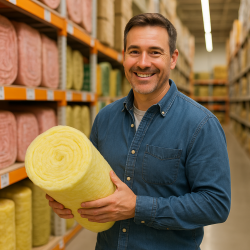
Insulation is a key way to keep your home comfortable and energy bills low. Choosing the right material can impact your wallet and the environment. In this post, we’ll examine five top energy-efficient insulation types—fiberglass, spray foam, mineral wool, cellulose, and eco-friendly alternatives—so you can improve your home’s thermal performance. Let’s dive into the benefits, drawbacks, and installation tips for each.
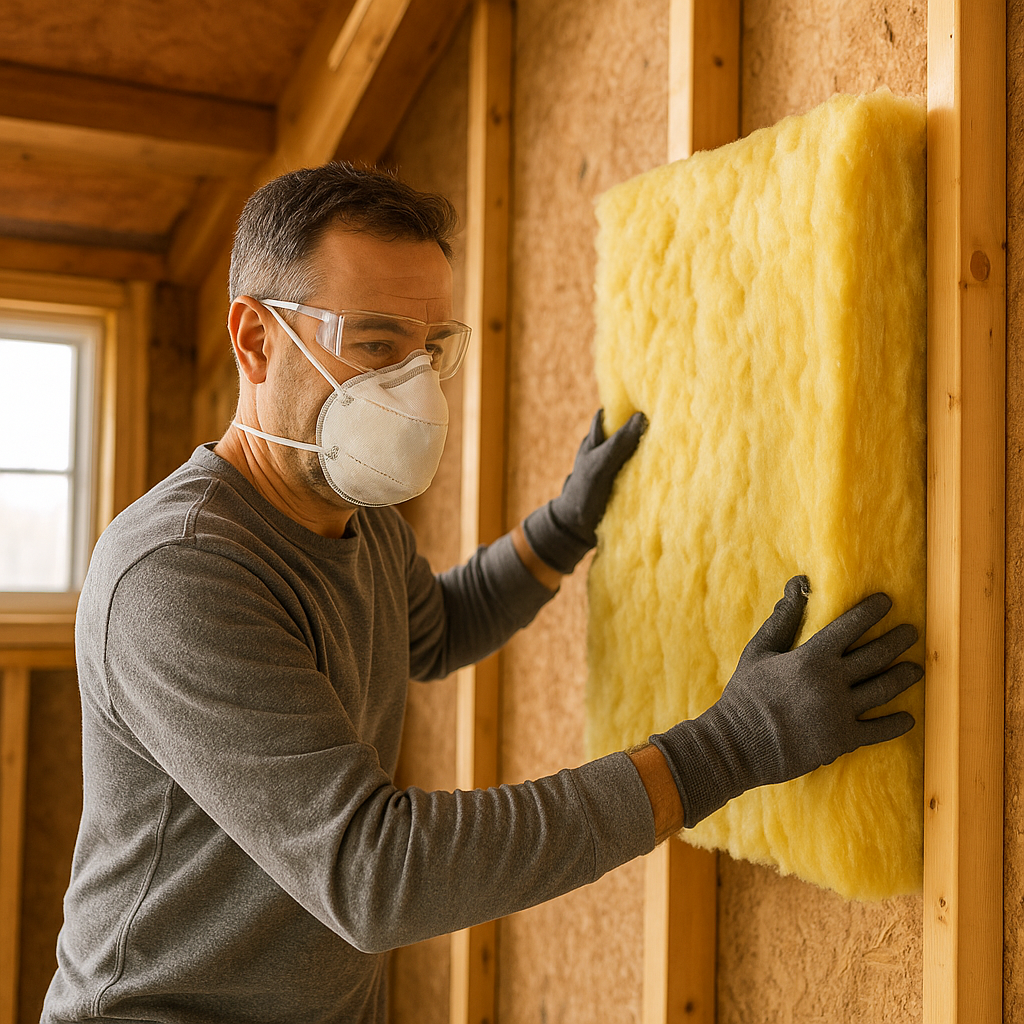
- Fiberglass Insulation
Fiberglass insulation is a popular and affordable option made from fine glass fibers formed into batts, rolls, or loose-fill. It’s easy to install in attics, walls, and floors, making it suitable for DIY projects. With R-values between R-2.9 and R-3.8 per inch, it helps maintain comfortable indoor temperatures. However, fiberglass can irritate skin and lungs during installation, so protective gear—gloves, long sleeves, and a mask—is essential. Ensure batts fit snugly and seal gaps to maximize efficiency. Typically costing around $0.40 to $1 per square foot, fiberglass remains one of the most cost-effective options.
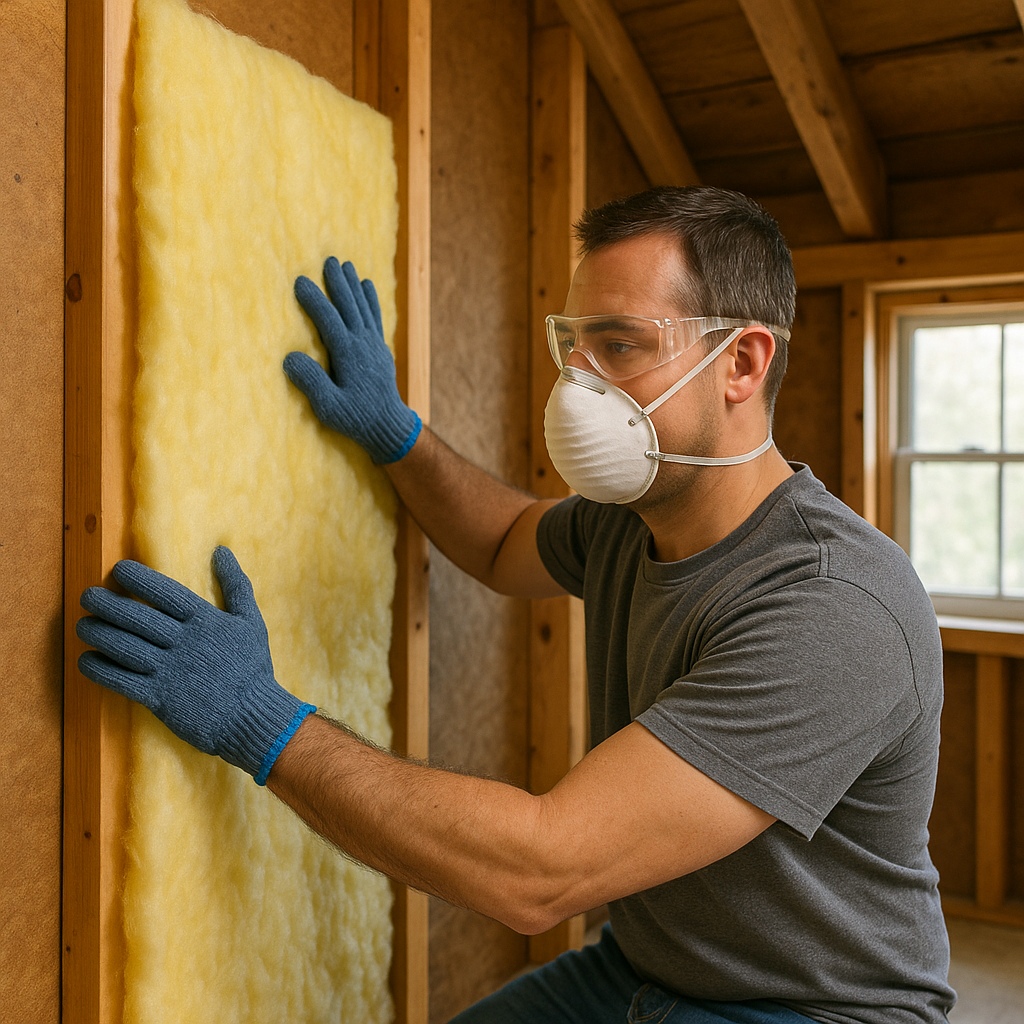
- Spray Foam Insulation
Spray foam insulation combines high thermal resistance with airtight sealing. Available as open-cell and closed-cell foam, it expands to fill cracks and voids. Closed-cell foam offers R-values around R-6 to R-7 per inch, while open-cell foam provides R-3.5 to R-4 per inch at a lower cost. Professional installation is required due to specialized equipment and handling. Although upfront costs are higher, spray foam reduces drafts and moisture infiltration, often delivering energy savings that justify the investment over time. Closed-cell foam also adds structural strength to walls, while open-cell foam can help with sound dampening.
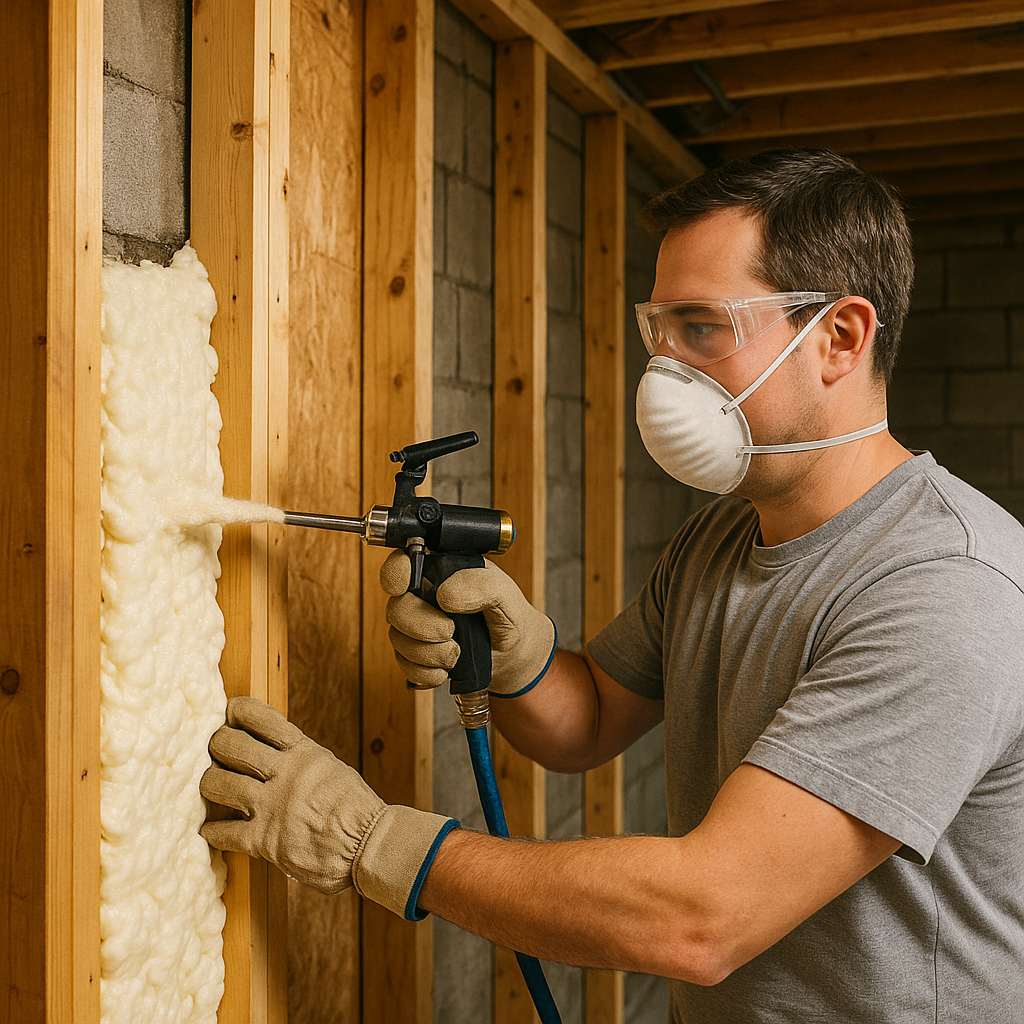
- Mineral Wool Insulation
Mineral wool—also called rock wool—is made from natural rock or recycled slag melted and spun into fibers. It provides R-values between R-3.0 and R-3.3 per inch, along with excellent fire resistance and acoustic insulation. Available in batts and loose-fill, mineral wool fits well in walls, attics, and floors. Its moisture resistance helps prevent mold growth. During installation, wear protective clothing and a mask to avoid irritation. Ensure tight-fitting batts without gaps for optimal thermal performance and sound dampening. While slightly more expensive than fiberglass, mineral wool’s durability often offsets long-term costs.
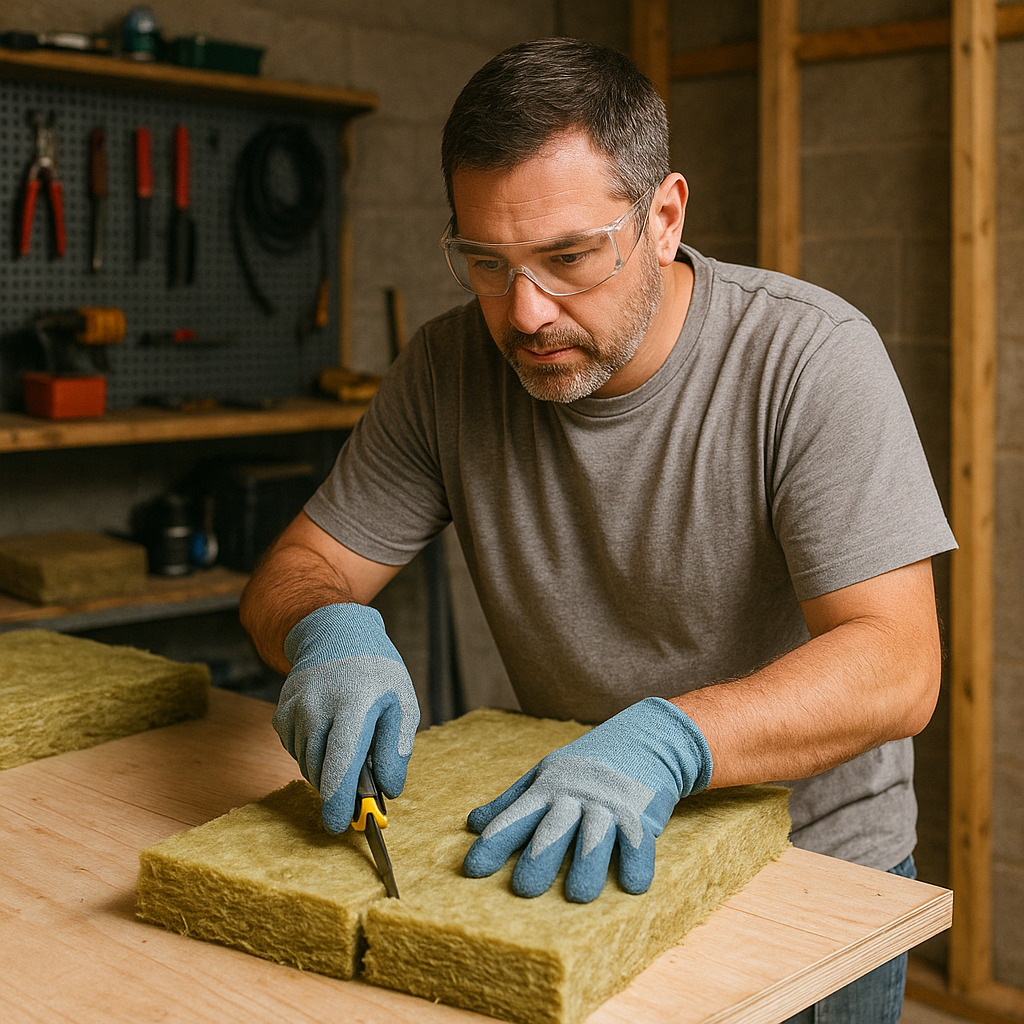
- Cellulose Insulation
Cellulose insulation is crafted from recycled paper treated with fire-retardant chemicals, making it an eco-friendly choice. With R-values around R-3.2 to R-3.8 per inch, it offers good thermal and acoustic performance. Usually installed as loose-fill in attics and wall cavities using a blowing machine, cellulose fills gaps and conforms around obstacles. It can settle over time, so installers often add extra material to maintain R-value. Proper ventilation and a vapor barrier are crucial to prevent moisture-related issues and maintain long-term efficiency. Installation costs vary from $0.50 to $2 per square foot, depending on depth and labor.
- Novel Eco-Friendly Insulation Options
For homeowners seeking sustainable solutions, several eco-friendly insulation materials exist. Sheep’s wool insulation regulates moisture, resists fire, and offers R-values around R-3.5 to R-3.8 per inch. Cotton (denim) insulation, made from recycled clothing, provides soundproofing and an R-value near R-3.5 per inch, treated to resist pests and mold. Cork insulation sheets are renewable and deliver R-values around R-3.6 per inch while offering natural acoustic benefits. Aerogel blankets, though costlier, offer R-values up to R-10 per inch, ideal for tight spaces or retrofit projects. Availability can vary regionally, so check local suppliers for pricing and lead times before deciding.
Choosing the best insulation for your home depends on factors like budget, climate, installation complexity, and environmental priorities. Whether you choose fiberglass, spray foam, mineral wool, cellulose, or an eco-friendly alternative, proper installation and air sealing are essential to maximize energy savings. By investing in quality insulation, you’ll enjoy a more comfortable home, lower utility bills, and a smaller carbon footprint. Ready to upgrade your insulation? Consult a professional or explore DIY options today. Good insulation also reduces environmental impact by cutting greenhouse gas emissions. Upgrading insulation can also increase property value and improve overall home health.